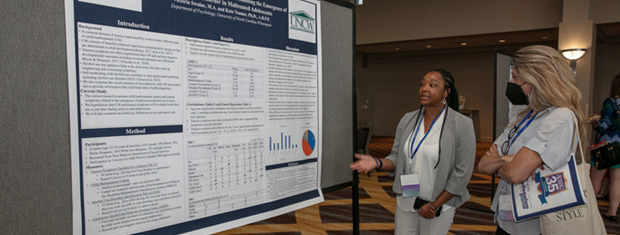




The APSAC Advisor is a peer reviewed quarterly news journal for professionals in the field of child abuse and neglect.
The APSAC Advisor provides succinct, data-based, practice-oriented articles that keep interdisciplinary professionals
informed of the latest developments in policy and practice the field of child maltreatment. It is designed to highlight
best practices in the field and publish original articles and current information about child maltreatment for professionals
from a variety of backgrounds including medicine, law, law enforcement, social work, child protective services, psychology,
public health and prevention in the U.S.
 If you wish to learn more about submitting an article to the Advisor, please click here.
If you wish to learn more about submitting an article to the Advisor, please click here.
This library contains Advisor issues dating back to the first issue in 1988. The most recent issue appears at the top.
Scroll down to select past issues by year and issue number. Once a publication appears in the box, you
can use the Enlarge button to open the document in a new window or tab (depending on how your browser is set up).
This will allow you to view the document with larger print.
To print a document, first use the Enlarge button to open the document in a new window or tab. Then use your browser's Print command.
To return here from a new tab, close the tab. To return from a new window, click your browser's Back button.
In the listing below, click on a year and issue number to see the articles in that publication.
1991 Number 3
Toward New Ways of Caring: Lessons From Intergenerational Research on Maltreatment
One of the greatest challenges in the field of child abuse prevention is breaking intergenerational cycles of maltreatment, enabling victims to rise above their past as they become parents themselves.
Does it make a difference whether interviewers tend to believe children or interview them neutrally? A recent survey indicates that it does.
Communicating With Troubled Children Through Expressive Arts
The use of expressive arts therapy is gaining acceptance as an adjunct to more traditional therapeutic interventions, particularly in the field of child abuse.
Working With Researchers: A Guide for Clinicians
To be fully accountable to both our clients and our critics, we need to have more than clinical impressions, however powerful, to demonstrate that our therapeutic interventions have a positive effect.
The purpose of Journal Highlights is to alert readers to current literature on child abuse. Selected articles from journals representing the variety of disciplines reflected in APSAC's membership are presented in the form of an annotated bibliography.
APSAC Advisor 4(3) - Full Issue